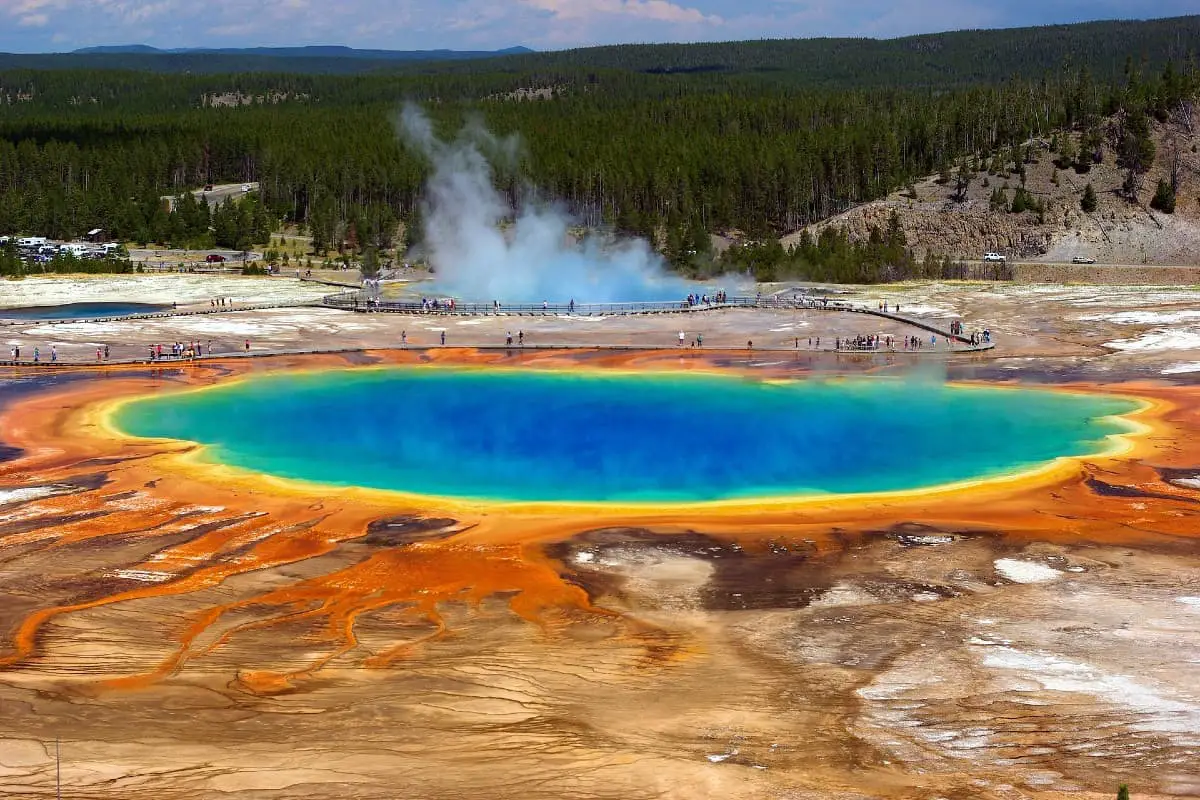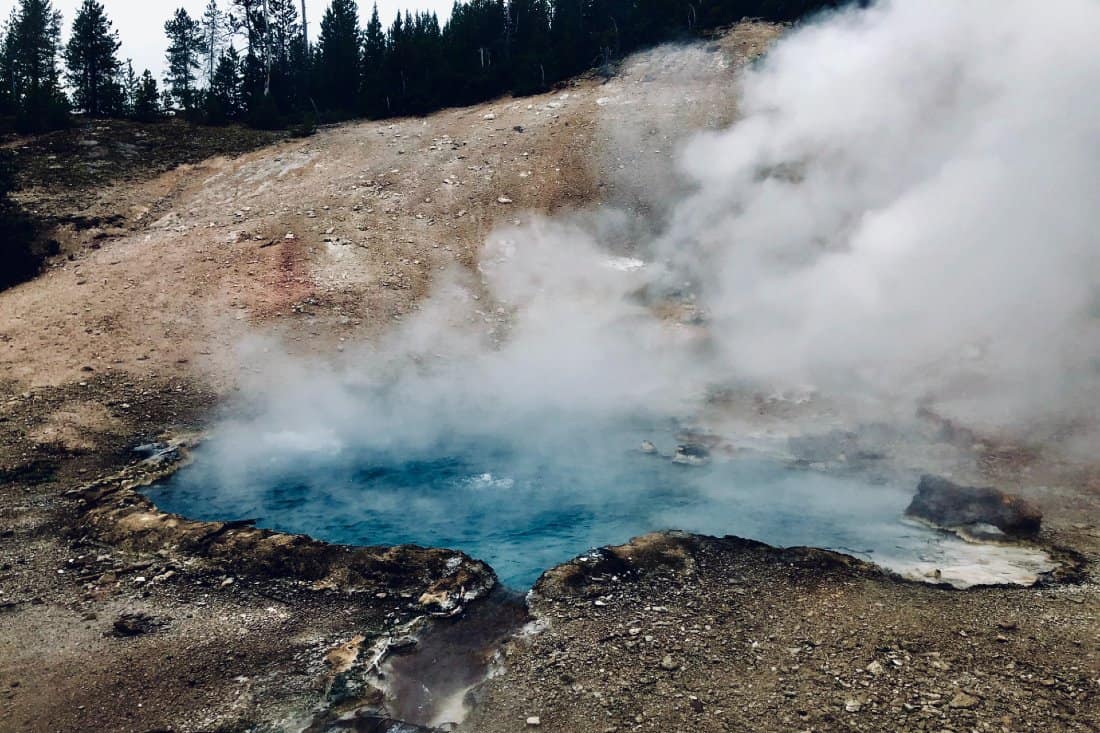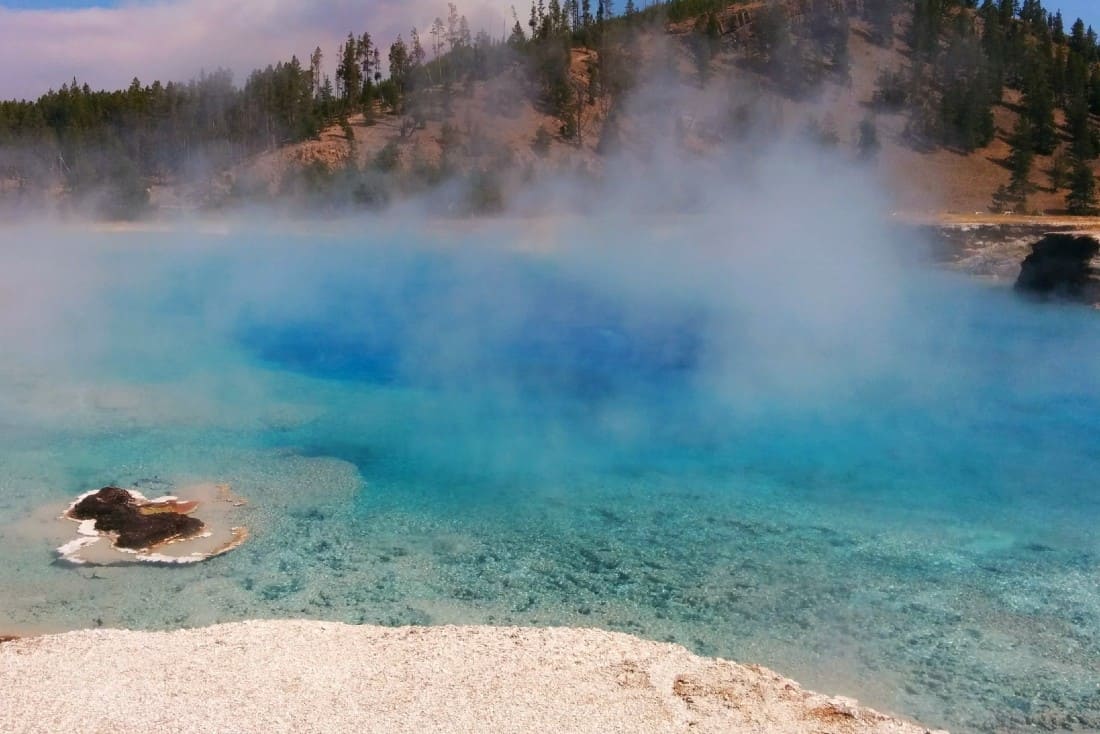Most tourists visit Yellowstone National Park to see colorful hot springs, view wildlife in its natural habitat, watch active geysers erupt, and waterfalls cascading down cliffsides. Still, on hot summer days when temperatures are scorching, one question on everyone’s lips is, “Can you swim in Yellowstone National Park?”.
Can you swim in Yellowstone National Park? You can swim in Yellowstone, but only in limited areas, such as Boiling River and Firehole River Swim Area. The park covers a vast expanse of 3,468 square miles, with canyons, rivers, lakes, and mountain ranges. It’s easy to get tempted to swim in places where it is not allowed.
In this park, some areas which look inviting for a swim are scalding hot and dangerous, but if you stick to designated swimming areas and follow the guidelines you’ll be just fine!
In this article, I will be taking a look at:
- The best places to go swimming in Yellowstone National Park
- Where to avoid and why
- How to keep yourself safe during your adventure in the wilderness
- What else there is to see and do
Where Can You Swim in Yellowstone National Park?
Boiling River
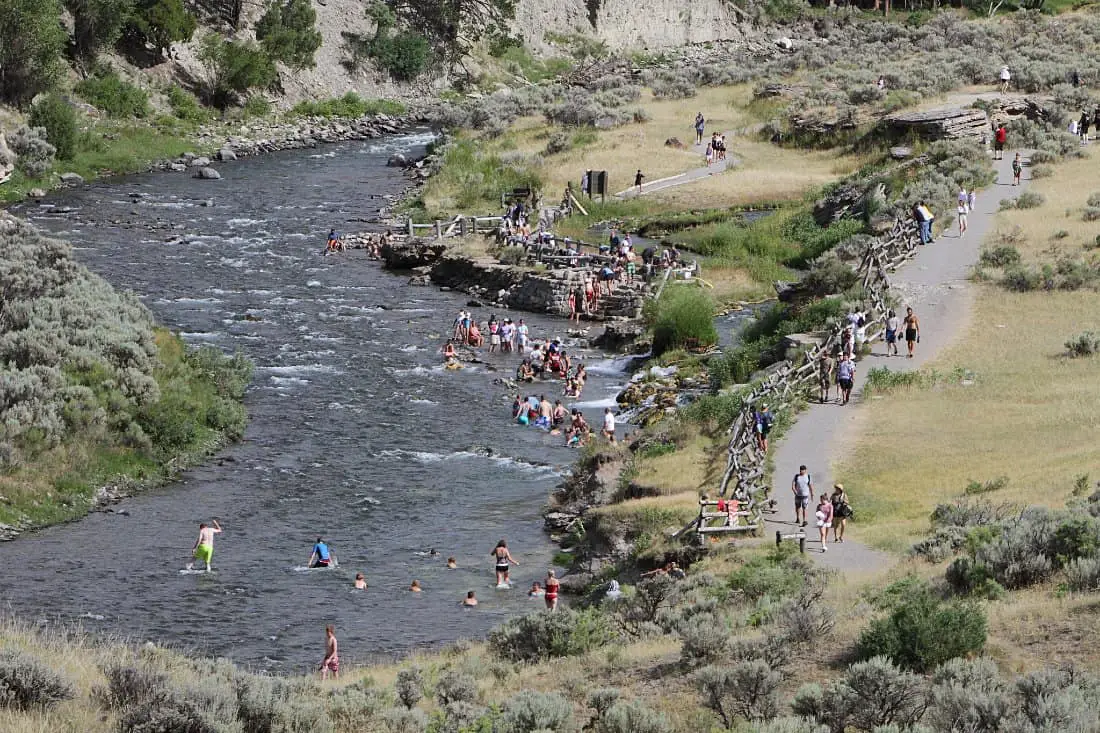
So, where exactly can you swim in Yellowstone National Park?
Well, the first popular swimming area is The Boiling River. It’s located where Mammoth Hot Springs meets Gardner River. If you’re wondering about the name “Boiling River”, it gets its name because it’s a little warmer and more pleasant to swim and bathe in, a little like an outdoor natural jacuzzi.
You can find Boiling River easily if you enter Yellowstone National Park from the North Entrance and head towards Mammoth Hot Springs.
This section of the river is best visited in:
- late summer (July through early September)
- autumn (September – November)
- winter (December – March)
It may be closed during spring (April – May) and early summer months (June), as the river swells and currents can become too dangerous for swimming. Boiling River is also only open during daylight hours; therefore, no swimming is permitted after dark for safety reasons.
Are there any other areas to swim in Yellowstone? Yes! There is one other area that allows swimming in Yellowstone National Park.
Firehole River Swim Area
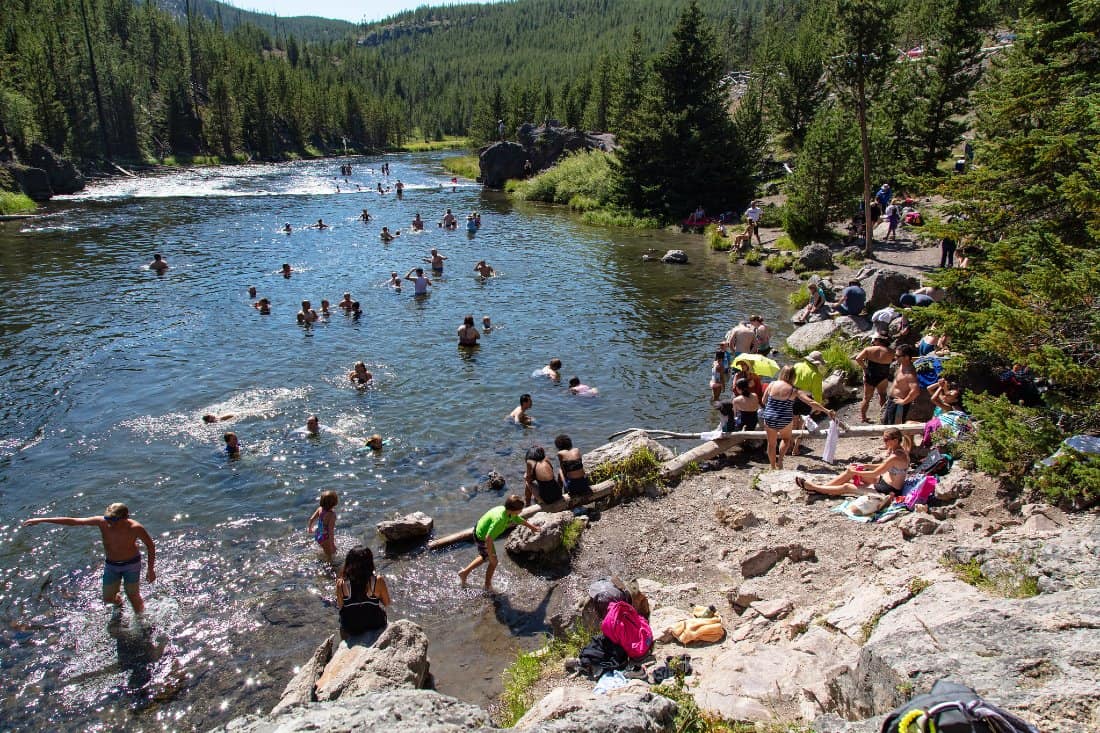
This location is Firehole River Swim Area, accessed via the West Entrance of the park. This scenic spot has a waterfall nearby giving you the perfect opportunity to feed your Instagram as you soak in the water.
It’s also surrounded by dense forest and lots of greenery so you can retreat to the shade if it gets too hot. There’s a small beach next to the river too, although it’s only open in summer and autumn months and can get quite busy.
The water is warm enough for swimming, even during winter months with river temperatures reaching up to 70 degrees Fahrenheit, and there are a few easy hikes nearby if you wish to explore this area of the park more.
It’s worth noting that Firehole River Swim Area can become crowded on sunny days, so it’s best to arrive early if you want to experience the place all to yourself.
Are There Any Restrictions to Swimming in Yellowstone?
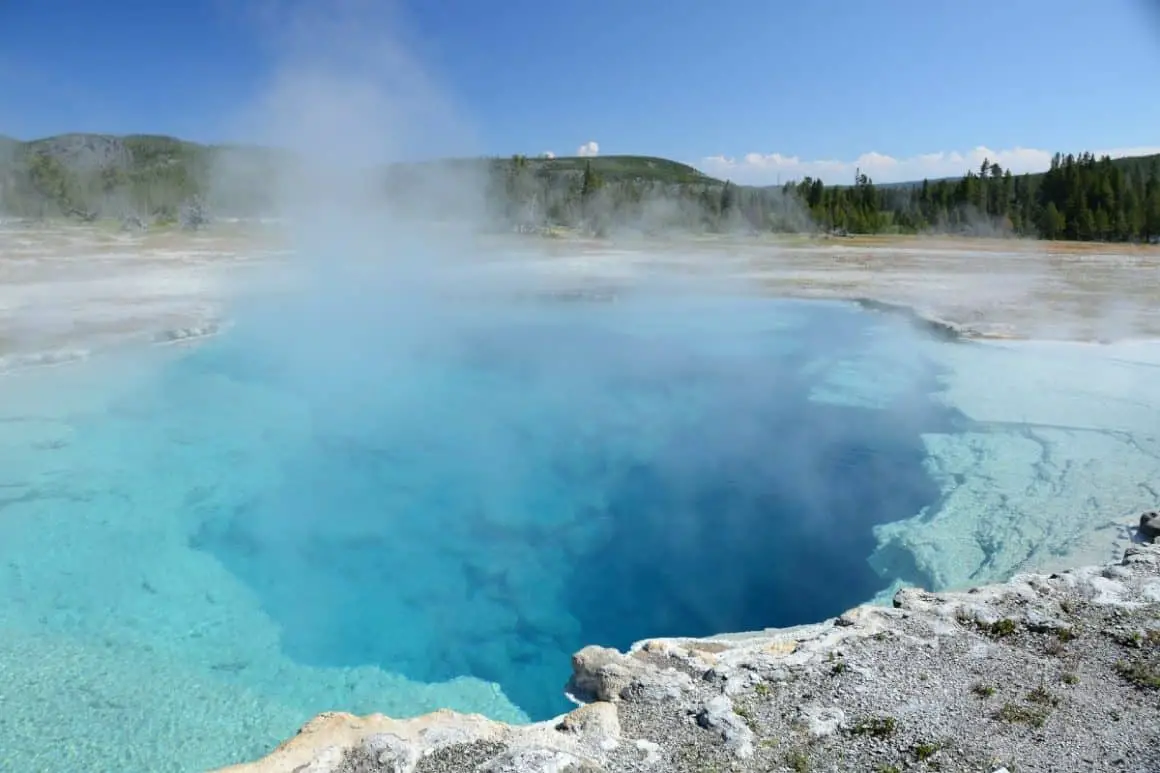
You’ll be asking at this point if there are any restrictions which can prevent you from swimming in either of the rivers. The answer is yes.
If you arrive and the river is too high, you won’t be able to swim. But if waters are calm and flowing normally, you’re good to go! There are also a few more things to consider which will keep you out of trouble with park rangers.
No food, alcohol, drink cans, plastic bottles, or containers are allowed in the swimming areas. This is because the park’s wildlife has to be protected and anything unnaturally polluting the water can harm them.
This also means the use of shampoo and soaps are prohibited in swim areas, of any kind, even if they are biodegradable.
Two final things to remember. As there are no lifeguards patrolling Boiling River or Firehole River Swim Areas, it’s not possible to dive, jump, or climb on the surrounding rocks or trees in case of injury.
Also use of pool noodles, water inflatables and rafts are not allowed in the swim areas, although you can wear inflatable armbands and life jackets if required.
Simply, if you’re just going to chill out and swim in the river with friends or family, and you don’t leave any litter lying around, you’ll have a great time without any problems!
Can I Swim in the Hot Springs at Yellowstone National Park?
Ok, so you’ve been staying in Yellowstone National Park for a few days and on your travels, you have seen numerous lakes, hot springs, and pools inviting you to swim in them.
The question is, should you take the plunge? The answer is a resounding no. Apart from Boiling River and Firehole River Swim Area, every other body of water in Yellowstone is out of bounds (illegal).
Why? Well, however magical and calm some pools, springs and lakes seem, they can also be really dangerous too. Many springs in Yellowstone are boiling hot and falling in or jumping into one can cause serious burns or even worse.
For example, Grand Prismatic Spring is one of the park’s most attractive hot springs because of its unique colors, but it can reach temperatures of up to 160 degrees Fahrenheit. And Old Faithful Geyser during eruption can rocket up to 300 degrees Fahrenheit or more, so it’s best to stay well away and admire only from a distance.
It’s always advisable to stick to designated swimming areas and don’t stray off the boardwalks when you’re in geothermal zones. As appealing as they all seem, they are definitely not suitable for soaking, floating, swimming or even dangling your feet in.
In short, swimming anywhere other than Firehole River Swim Area and Boiling River should be avoided at all costs, however pretty they look.
What Else Can I See and Do in Yellowstone National Park?
Now that you know where you can swim in Yellowstone National Park, you’ll want to know what else there is to see and do.
Here are a few ideas:
See the Hot Springs

Yellowstone is home to some of the largest active geysers and most beautiful hot springs on our planet – the best-known being Old Faithful Geyser and Grand Prismatic Hot Spring.
You may be wondering how the hot spring gets its vibrant rainbow colours? They are created from a range of heat-loving microbes and bacteria’s which thrive in different temperatures. When they react with light too, the springs develop the vibrant changing colours which can be seen today.
You can gain great photos from the boardwalk for your social media pages and to create your own special memories of your Yellowstone visit.
Hiking
If you fancy getting out into the great outdoors and reconnecting with nature, hike along some of the park’s most popular trails. There are 1300 miles of trekking trails in Yellowstone taking you past waterfalls, across towering mountain peaks and to the park’s beautiful Grand Canyon.
Wildlife
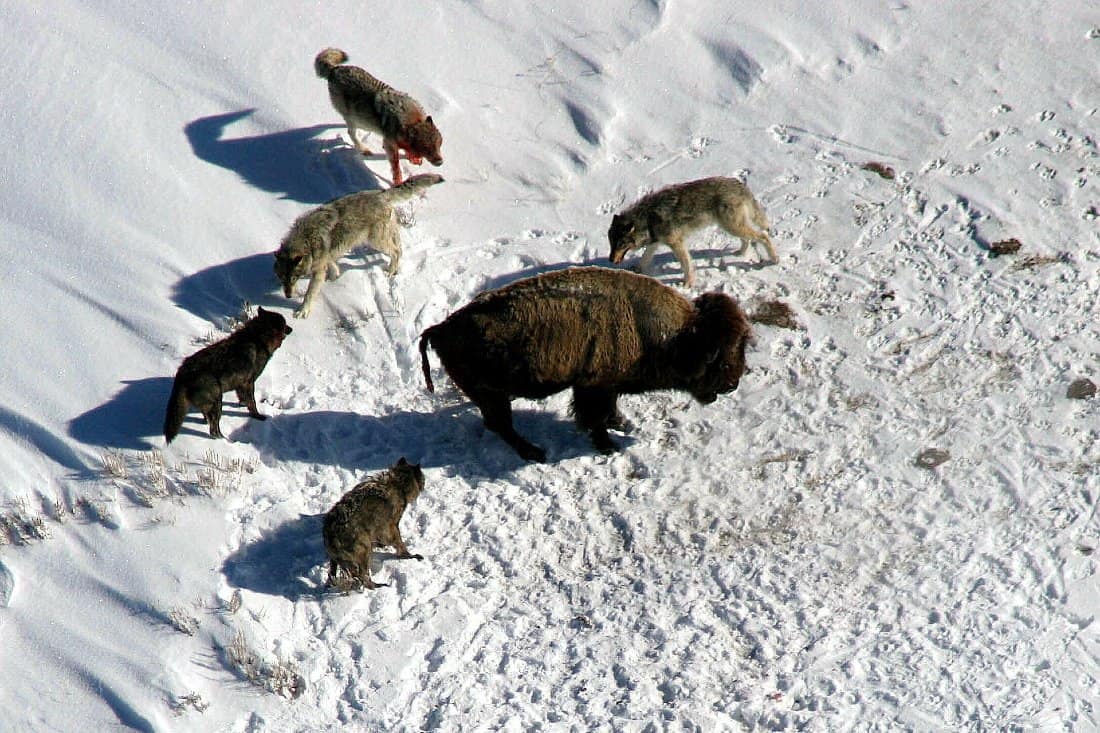
When in Yellowstone National Park, it’s always worth remembering you’re out in the wilderness. Wildlife roams free in the park and it’s likely you will encounter many species during your visit.
Bald and golden eagles soar above, wild horses gallop across fields and grizzly bears, bison, wolfs and moose all move around the park. It’s important not to feed any wildlife, as these animals can become unpredictable if you stray into their territory.
It’s wise to stay at a safe distance and view them preferably from inside a car.
Camping
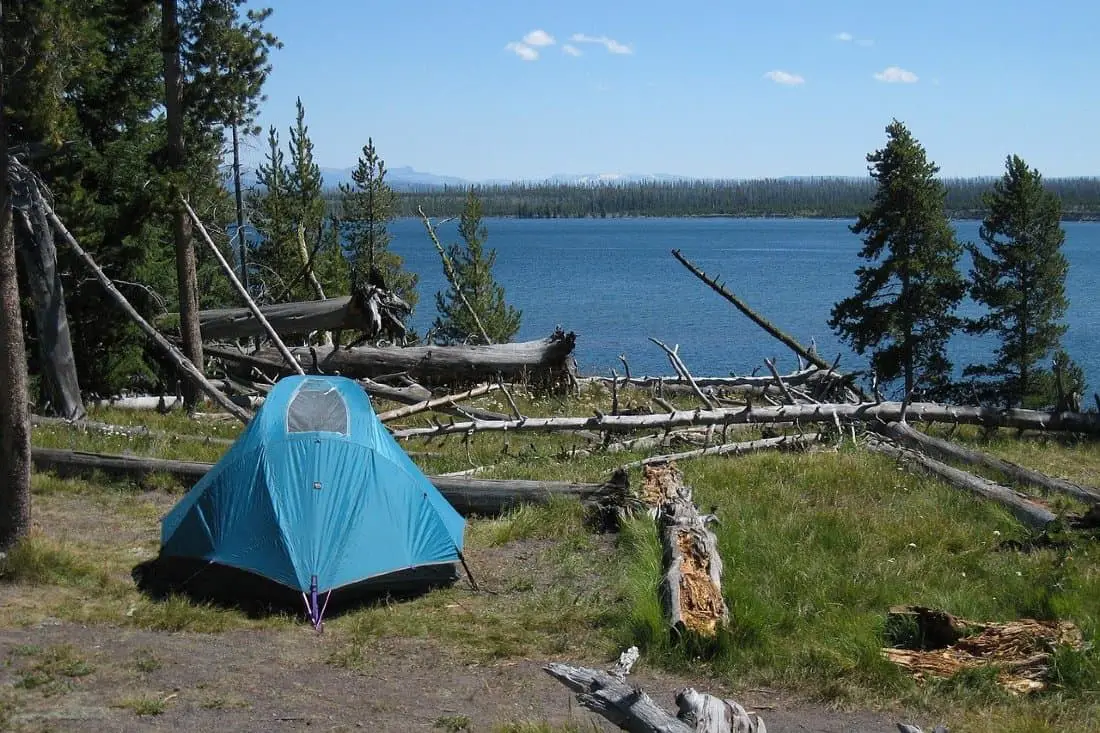
Another question often asked is, “Can you go camping in Yellowstone”? You can definitely camp in Yellowstone. There are 12 campgrounds dotted all over the park, you can bring an RV or a tent and enjoy life in the great outdoors with family and friends.
Alternatively, book one of the national park’s lodge rooms and enjoy comfortable rooms and delicious food.
Activities
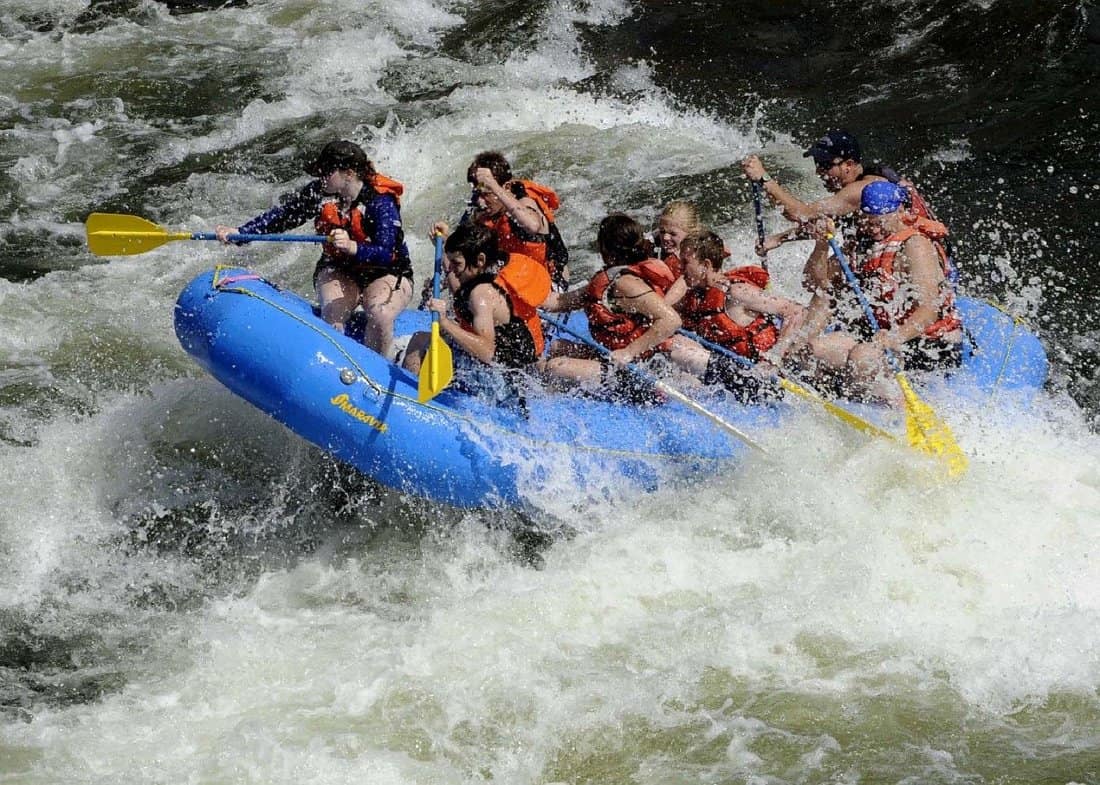
Active adventurers can enjoy Class I, II, III, and IV rapids on white water rafting tours along Yellowstone River just outside the park. Alternatively, you can go horseback riding, gain a permit to camp out in the backcountry, or hire a boat to enjoy fishing on Yellowstone Lake.
Wherever you go and whatever activity you decide to do, you’re guaranteed amazing photographs and amazing memories. So pack your camera or your smartphone and get ready to unleash your inner creative genius!
Related: A Complete US National Park List
Conclusion
Whenever you decide to visit this amazing corner of the USA, Yellowstone National Park offers a unique wealth of attractions. The park is vast, breathtakingly beautiful, and can take several days or more to explore, and if you stick to ranger guidelines, you’re in for a fun and thrilling experience.
So, the next time someone asks you the question “Can you swim in Yellowstone National Park?” You’ll be able to answer, yes, but only in two places – Firehole River Swim Area and Boiling River, and only from late summer to late winter!

